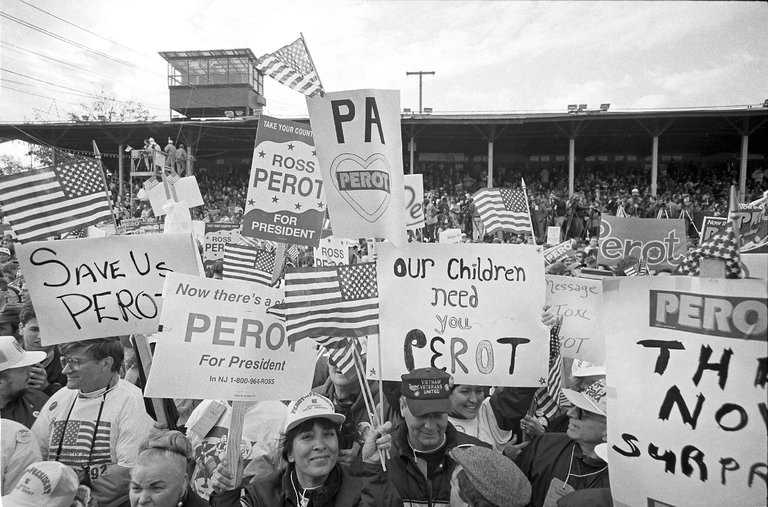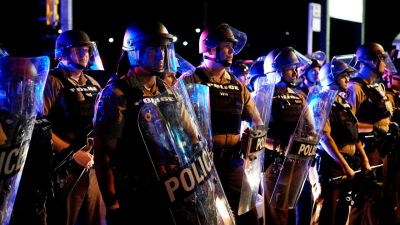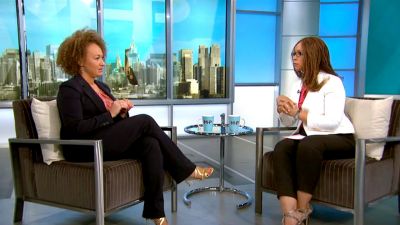Bound to No Party, Trump Upends 150 Years of Two-Party Rule


WASHINGTON — When Donald J. Trump set his sights on the presidency in the 2000 election, he pursued the nomination of the Reform Party, a home for disenchanted independents. “The Republican Party has just moved too far to the extreme right,” he explained. “The Democrats are too far to the left.”
In the end, he dropped the campaign and the Reform Party, the leftover construct from Ross Perot’s two independent presidential candidacies during the 1990s. It was one of at least five times that Mr. Trump would switch party affiliations over the years. “I’m the Lone Ranger,” he once said in another context.
Now in the White House, President Trump demonstrated this past week that he still imagines himself a solitary cowboy as he abandoned Republican congressional leaders to forge a short-term fiscal deal with Democrats. Although elected as a Republican last year, Mr. Trump has shown in the nearly eight months in office that he is, in many ways, the first independent to hold the presidency since the advent of the current two-party system around the time of the Civil War.
In recent weeks, he has quarreled more with fellow Republicans than with the opposition, blasting congressional leaders on Twitter, ousting former party officials in his White House, embracing primary challenges to incumbent lawmakers who defied him and blaming Republican figures for not advancing his policy agenda. On Friday, he addressed discontent about his approach with a Twitter post that started, “Republicans, sorry,” as if he were not one of them, and said party leaders had a “death wish.”
While some conservatives complained about the apostasy of cutting deals with Senator Chuck Schumer of New York and Representative Nancy Pelosi of California, others applauded his assault on establishment Republican leaders like Speaker Paul D. Ryan of Wisconsin and Senator Mitch McConnellof Kentucky. By the week’s end, pundits speculated about whether Mr. Trump might seek re-election in 2020 as an independent.
“The truth is that he is a political independent, and he obviously won the nomination and the presidency by disrupting a lot of norms that Republicans had assumed about their own party and their own voters,” said Ben Domenech, publisher of The Federalist, a conservative website. “This week was the first time he struck out and did something completely at odds with what the Republican leadership and establishment would want him to do in this position.”
None of which means that Mr. Trump has suddenly transformed himself into a center-hugging moderate. More situational than ideological — critics would say opportunist — Mr. Trump adjusts to the moment, and his temporary alignment with Democrats could easily unravel tomorrow. The deal he cut, after all, merely postponed a fight over spending and debt for three months. It did not resolve any substantive disagreements.
But it showed that Mr. Trump does not feel beholden to his party. “I never viewed Trump as a strict adherent to Republicanism,” said Ned Ryun, a Trump supporter and founder of American Majority, which trains political activists. “He gave Paul Ryan and Mitch McConnell almost nine months to get something accomplished, and all they accomplished was to really remove all doubts about their legislative incompetence.”
Until now, the American two-party system has resisted assaults from the outside for more than a century and a half. No new party has captured the presidency since Abraham Lincoln’s Republicans in 1860.
Even formidable figures like Theodore Roosevelt failed to break up the duopoly. Unhappy with his Republican successor, William Howard Taft, Roosevelt formed his own Progressive Party, also known as the Bull Moose Party, to mount a comeback in 1912, winning 27 percent of the popular vote and 88 electoral votes, but losing to the Democrat, Woodrow Wilson.

Strom Thurmond in 1948 and George Wallace in 1968 staged independent candidacies founded on overtly racial appeals. John B. Anderson, a moderate Republican congressman, ran as an independent in 1980. The high-water mark since Roosevelt came in 1992, when Mr. Perot won 19 percent of the popular vote as an independent; he ran again in 1996 and drew less than half of that.
By running within the Republican Party, Mr. Trump last year managed what they never did, while making clear that he was not really a party man. The feeling was mutual. The Republican establishment resisted even after he had won enough primaries to secure the nomination, and he repeatedly threatened to run as an independent if he felt mistreated.




